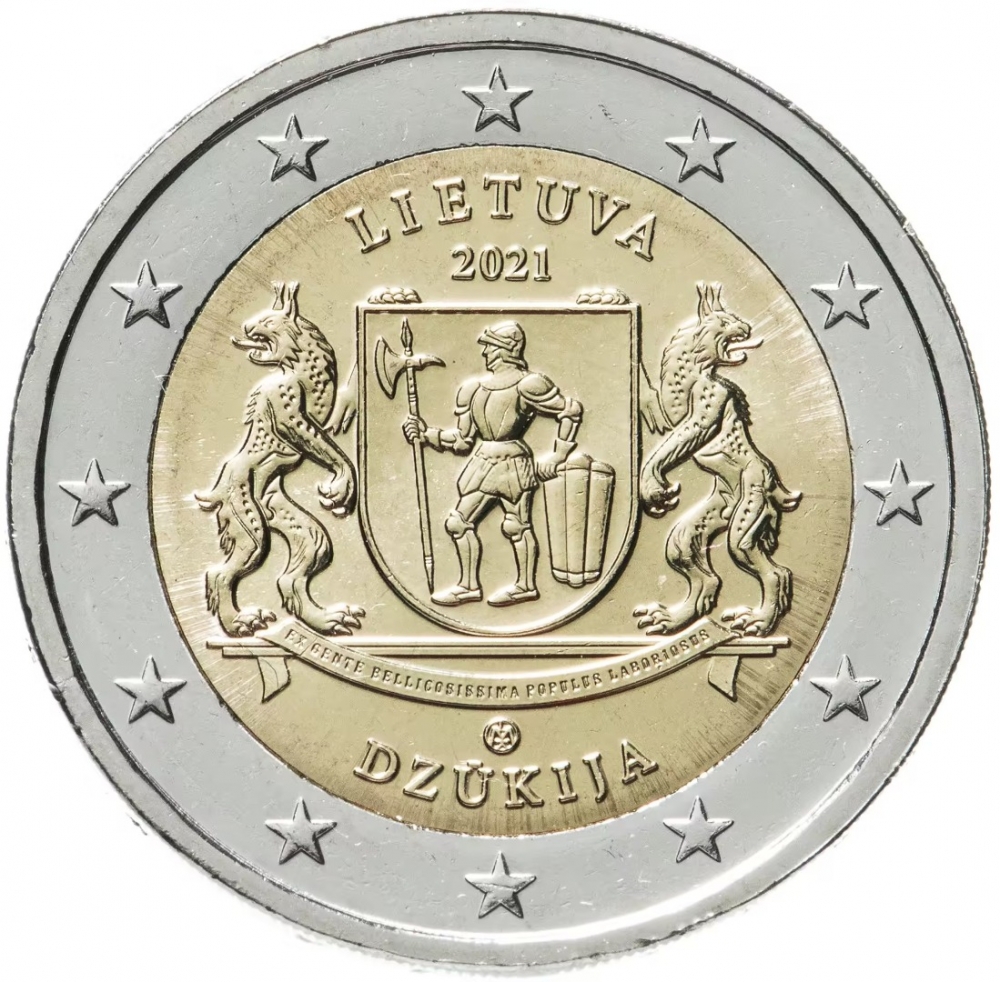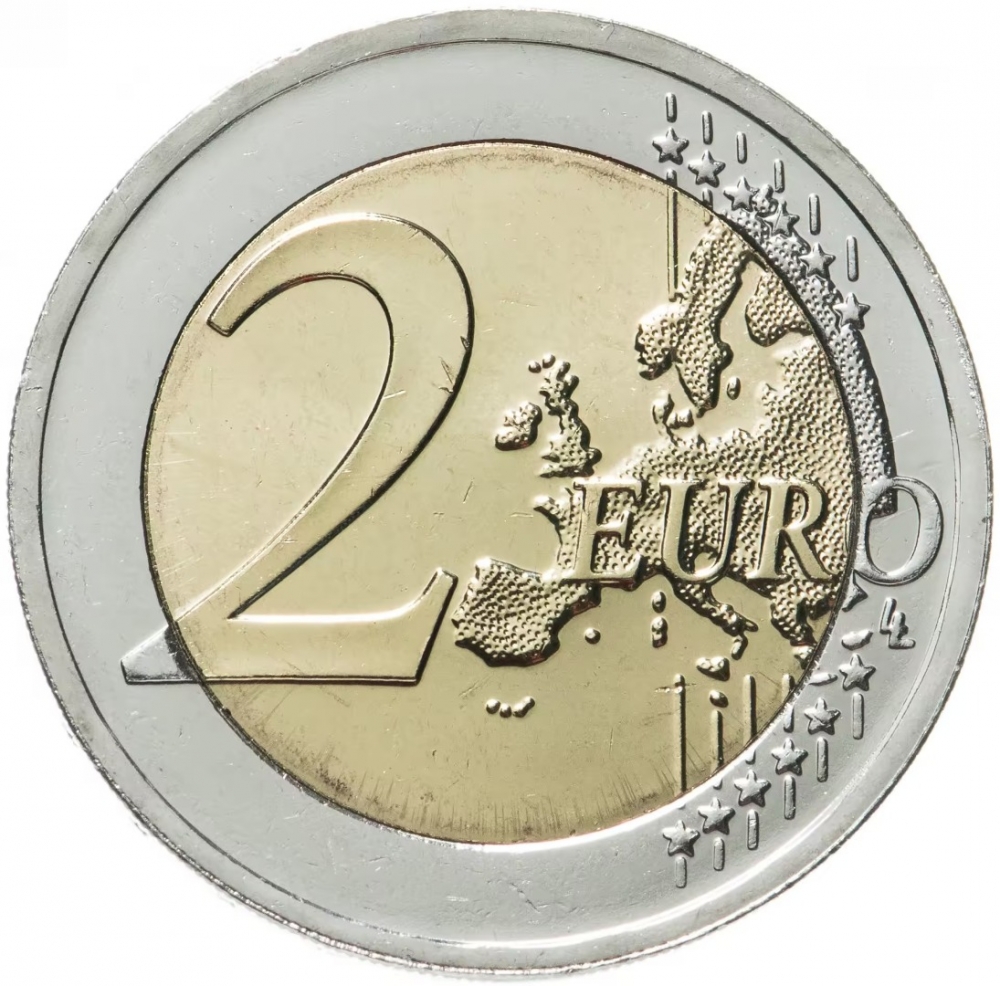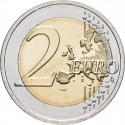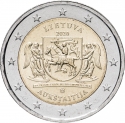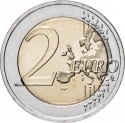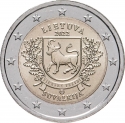You are about to finish your registration. Please check your mailbox (including spam folder). There should be a letter with a confirmation link. Check setting to make sure that your e-mail address is correct.
Send letter againDescription
Bank of Lithuania in 2019 started "Lithuanian Ethnographic Regions" series of coins dedicated to Lithuanian ethnographic regions. The coin of Dzūkija was the third one.
Lithuania can be divided into historical and cultural regions (called ethnographic regions). The exact borders are not fully clear, as the regions are not official political or administrative units. They are delimited by culture, such as country traditions, traditional lifestyle, songs, tales, etc. No region, except for Samogitia, has ever been a political or an administrative entity. Despite the fact that the regions are not political/administrative entities, most regions have their "capitals" (cities which are commonly considered to be capitals). These cities are not necessarily the largest in the region.
Dzūkija or Dainava is one of five ethnographic regions of Lithuania. Traditionally, Alytus is regarded as the capital of the region, although it is not the largest city in Dzūkija (because Vilnius vicinities lost Lithuanian language centuries ago).
Obverse

|
Depicts a coat of arms of Dzūkija. The coat of arms placed on a beam is held by two lynxes. Below hangs a ribbon with a Latin inscription HARD-WORKING PEOPLE FROM A FIERCE TRIBE. The composition is surrounded by inscriptions LIETUVA (LITHUANIA) and DZŪKIJA, the year of issue (2021) and the mintmark of the Lithuanian Mint. The coin’s outer ring bears the 12 stars of the European Union flag. LIETUVA |
|---|---|
Reverse

|
A geographical map of Western Europe spans the outer ring and inner core on the right side of the coin. The inscription 2 EURO is superimposed over the map of Europe, with the numeral “2” located in an open field representing the eastern Atlantic Ocean. 2 EURO |
| Edge |
'Freedom, Unity, Prosperity' in Lithuanian LAISVĖ ★ VIENYBĖ ★ GEROVĖ ★ |
2 Euro
KM# 266
Characteristics
| Type | Commemorative Issue (Circulating) |
| Material | Bi-Metallic |
| Ring | Cupronickel |
| Center | Nickel Brass |
| Weight | 8.5 g |
| Diameter | 25.75 mm |
| Thickness | 2.2 mm |
| Shape |
|
| Alignment | Medal |
| Mint |
Lithuanian Mint (LMK)
|
